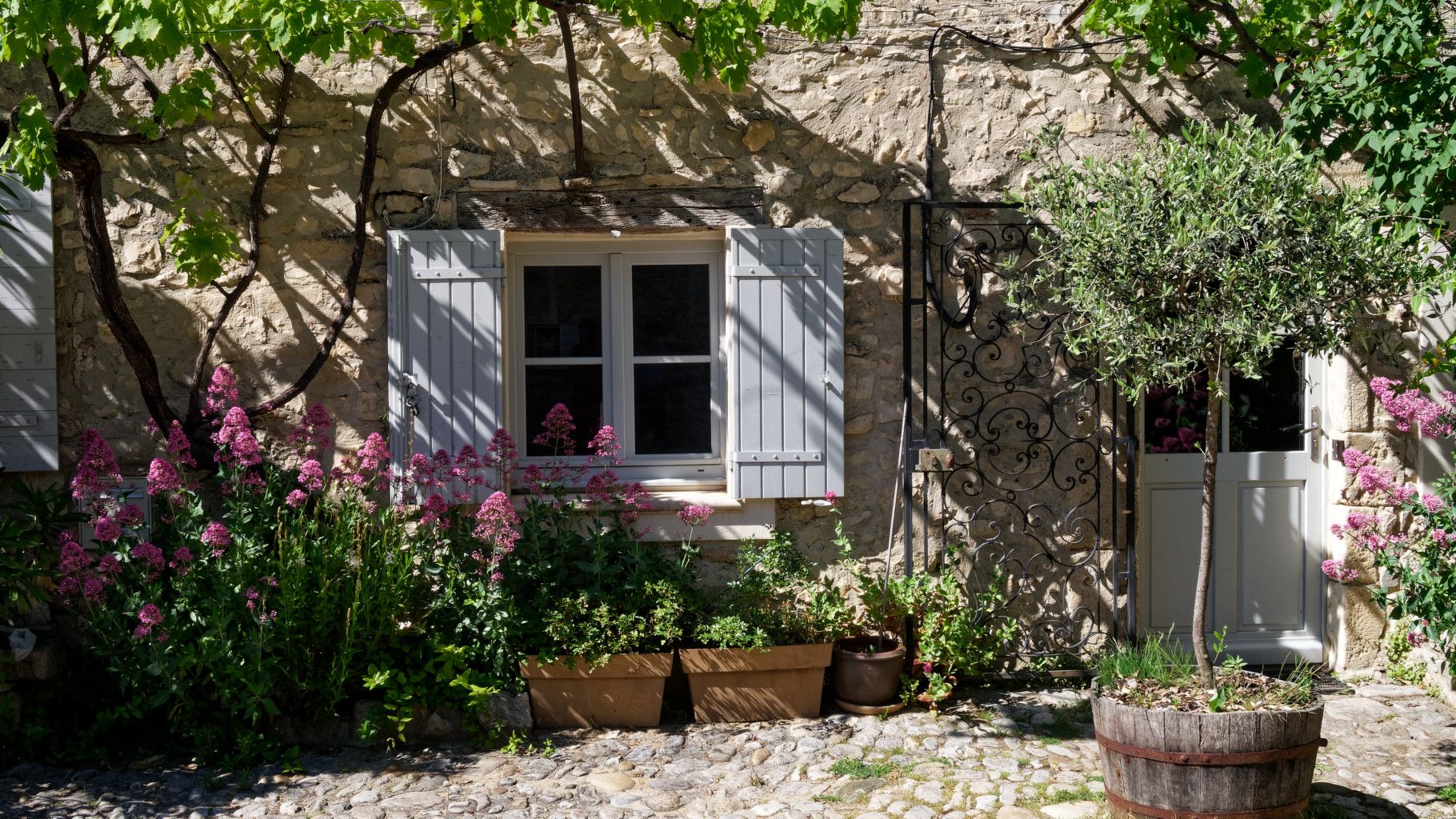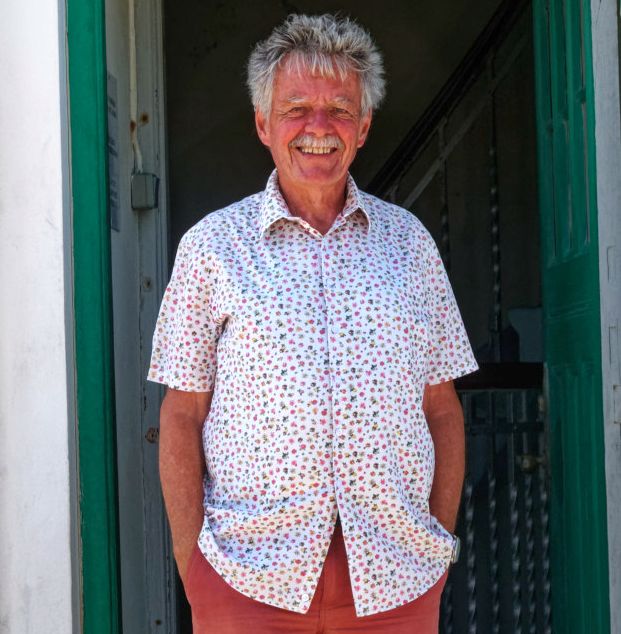Blooming lavender and Picasso
Atejade: 20.06.2024
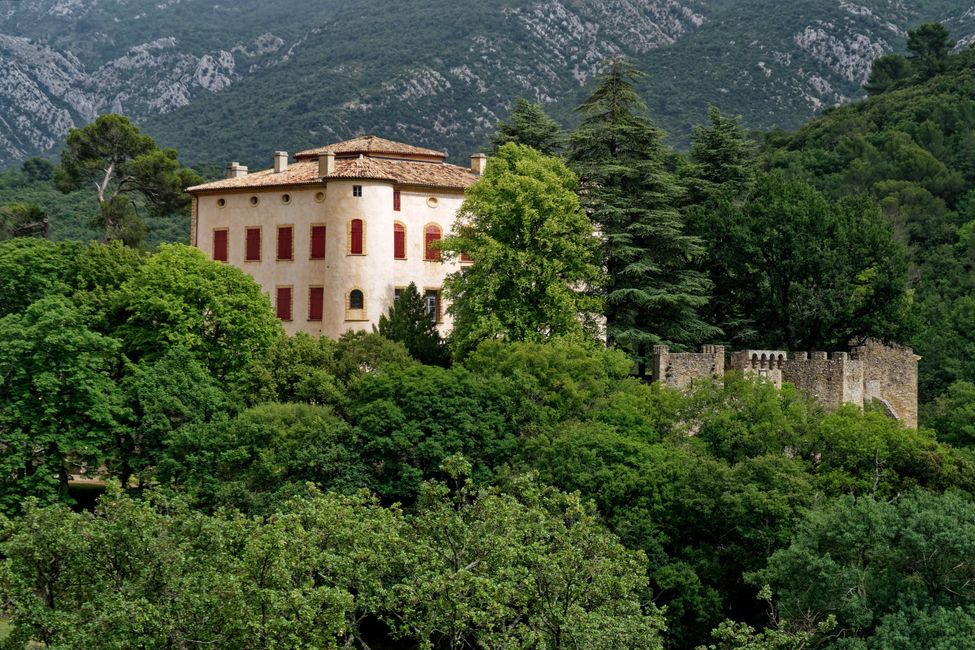
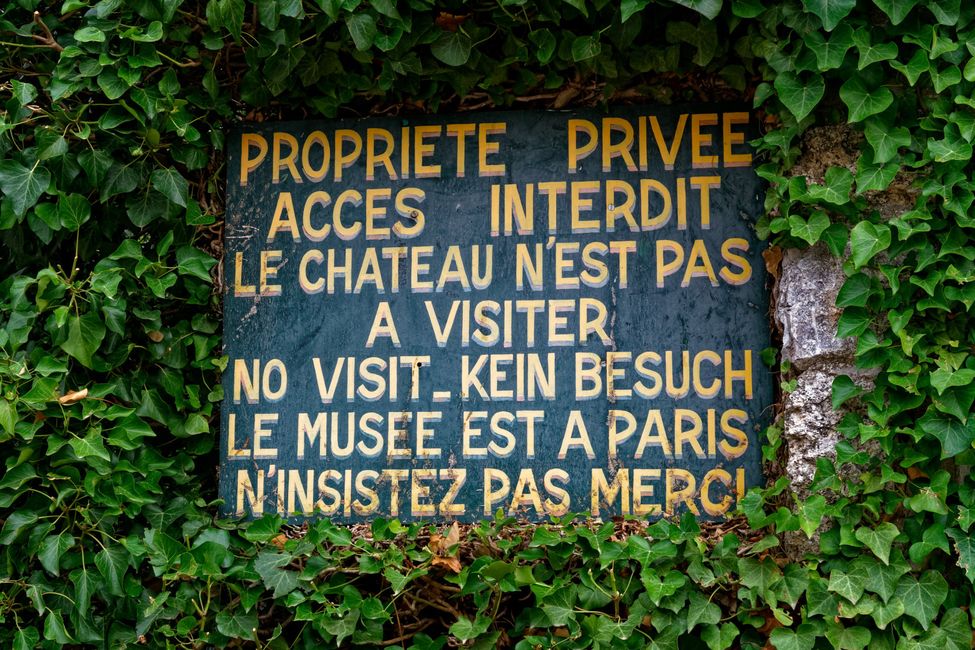
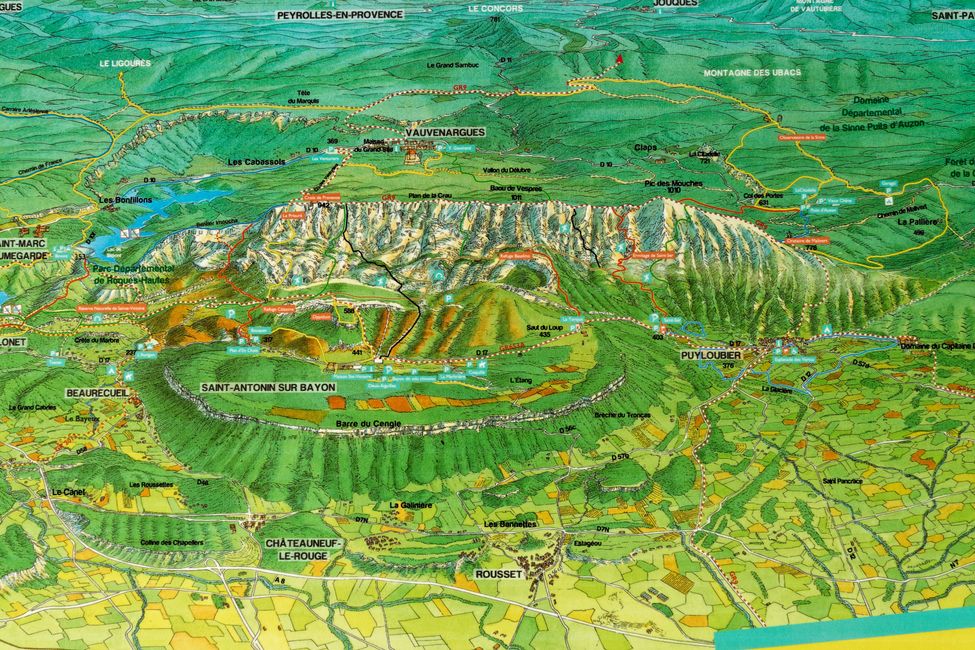


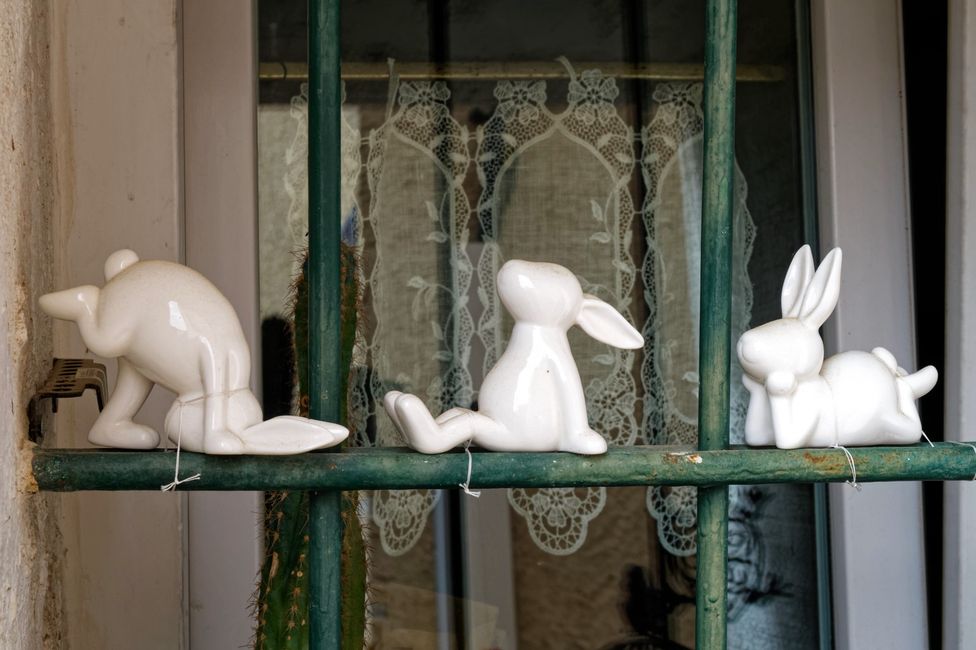
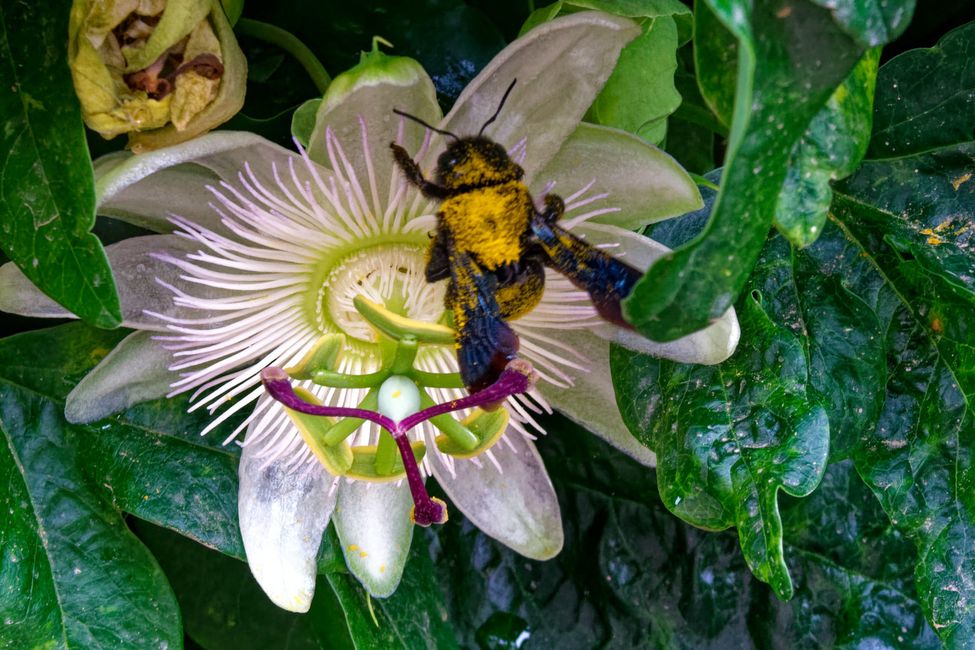
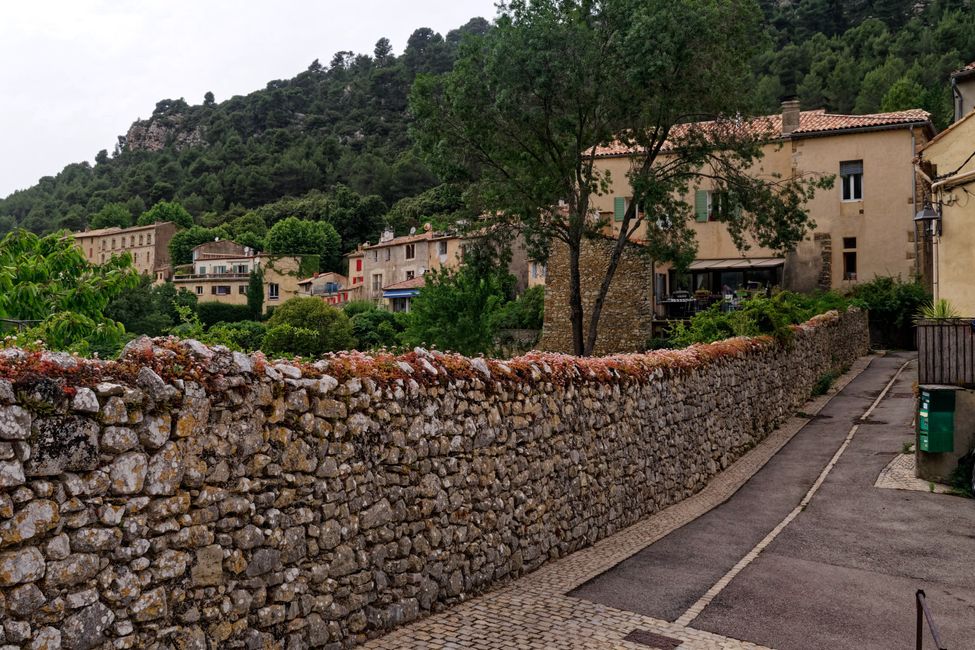
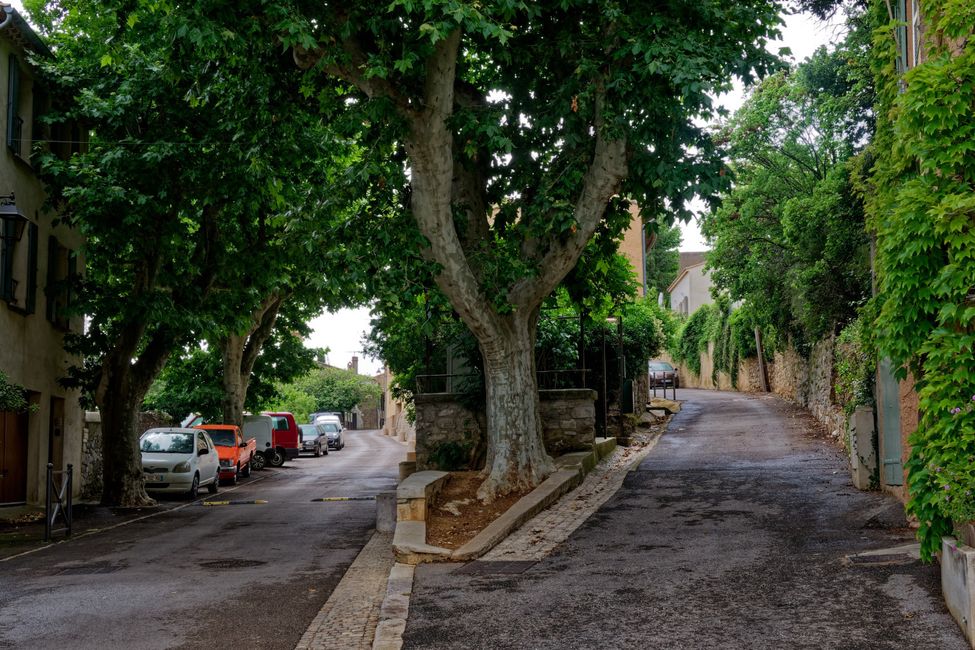
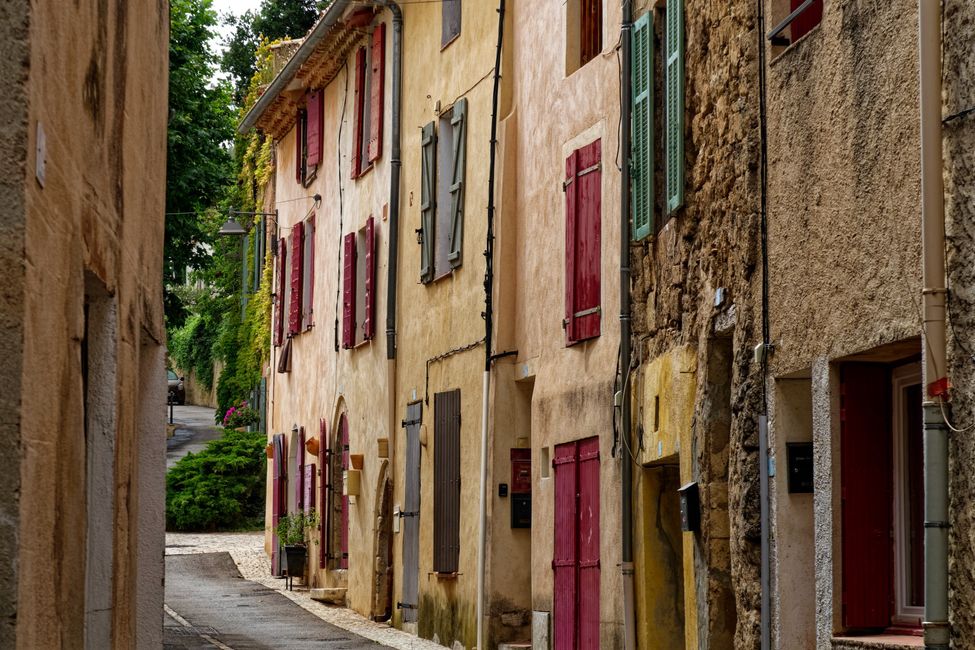
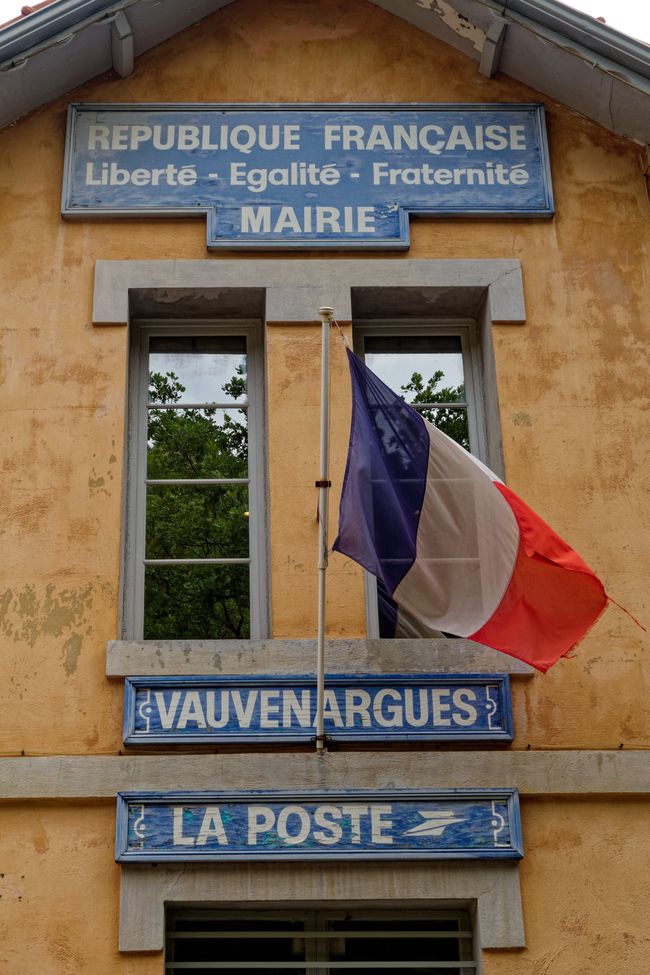
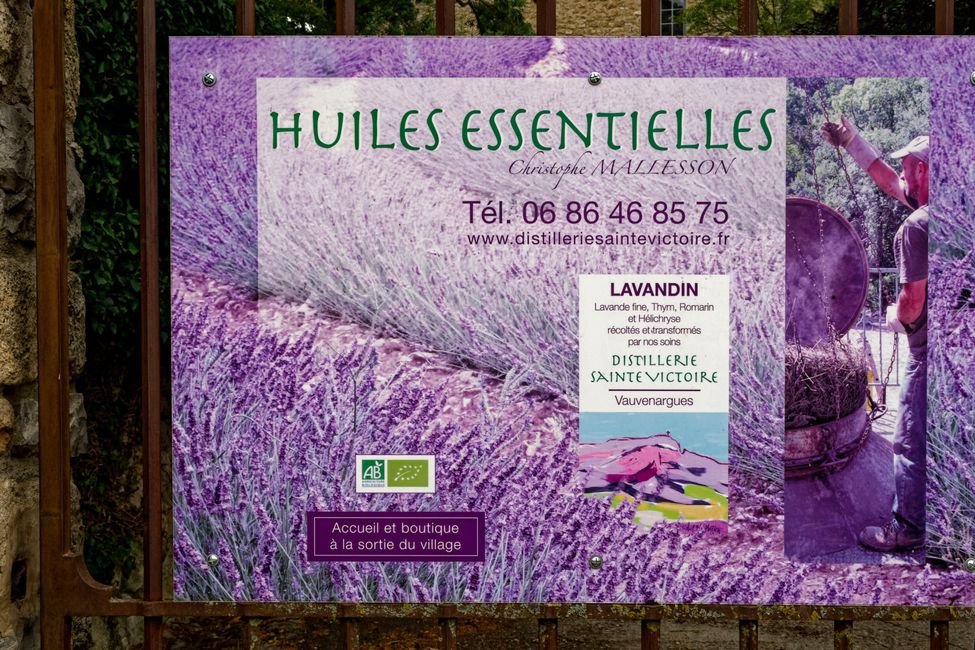
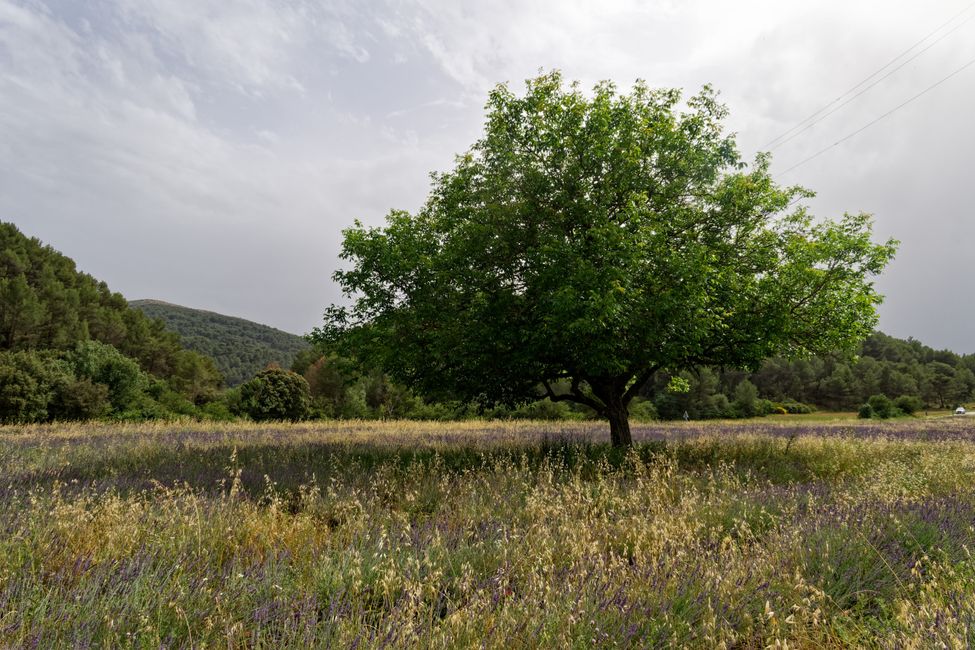
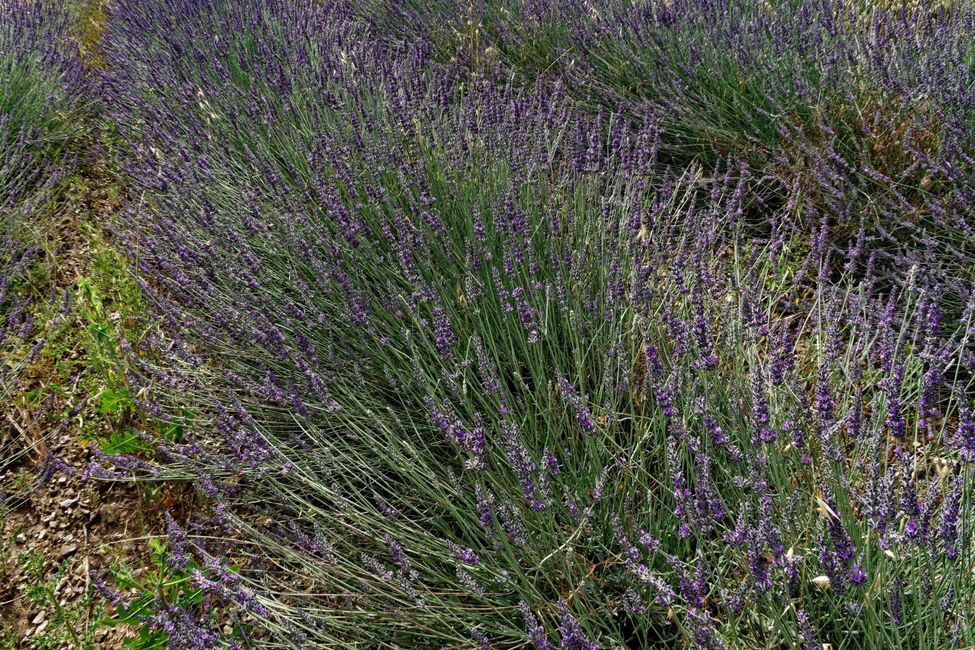
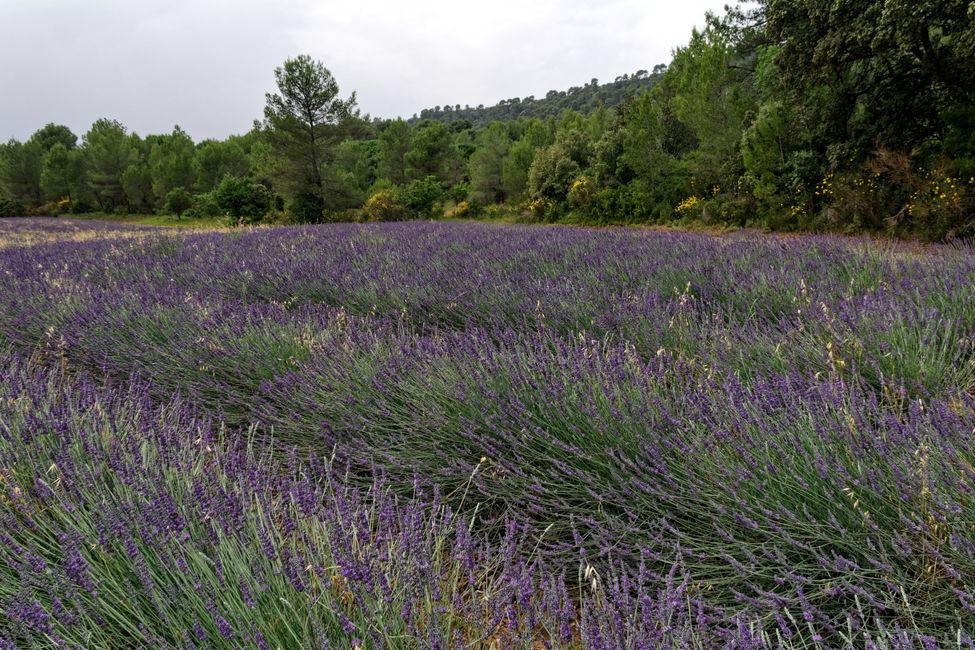
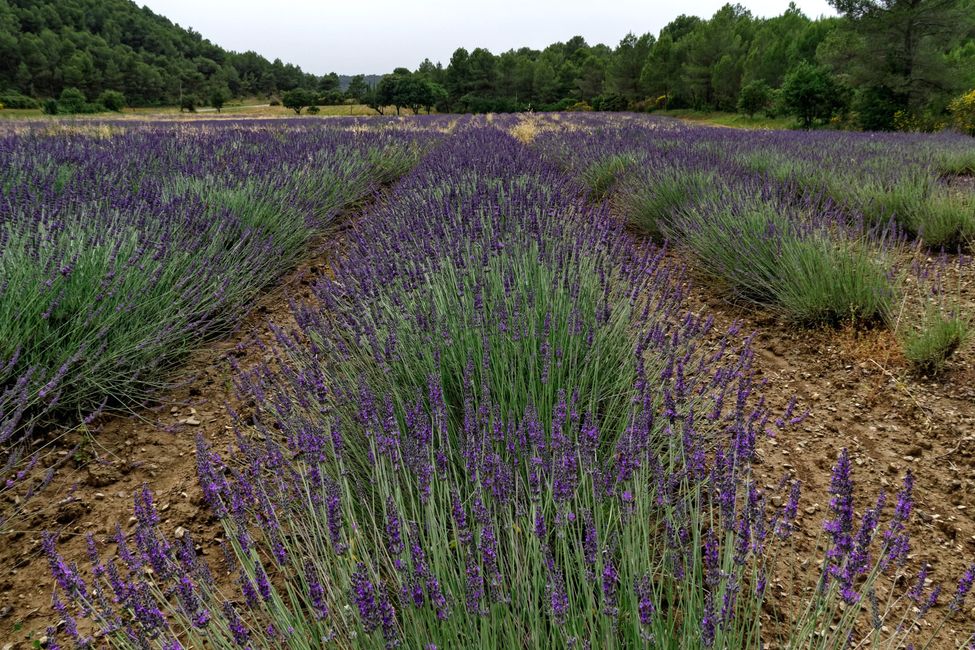
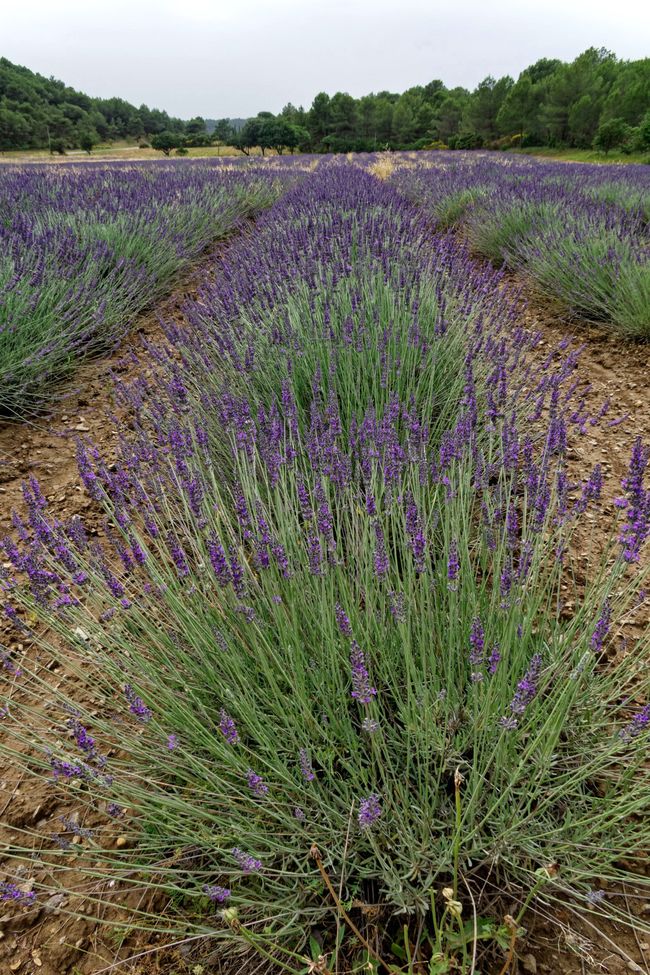

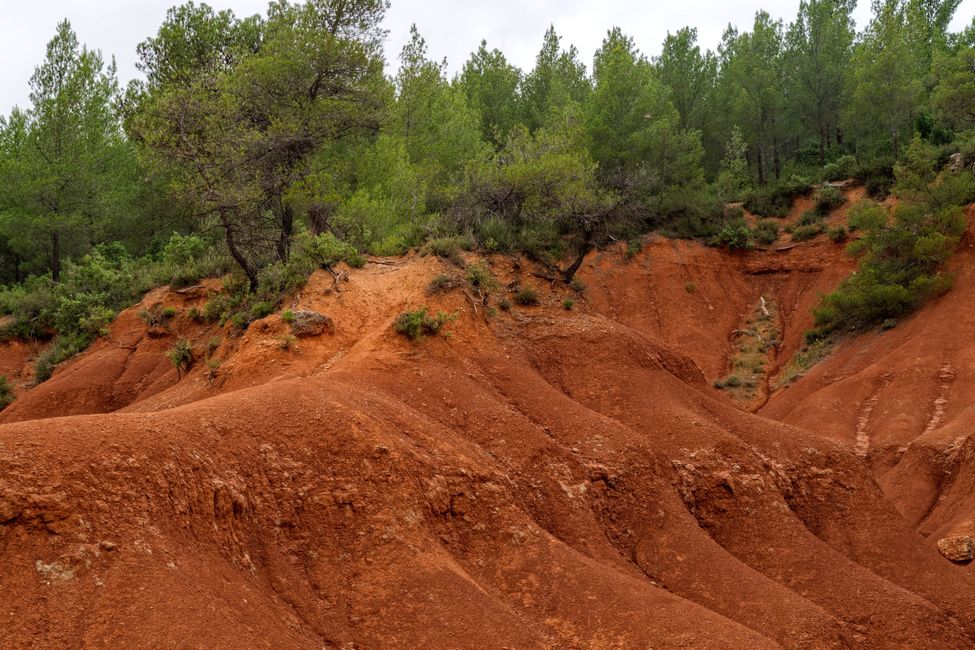
Paul Cézanne painted a series of famous pictures of the Montagne Sainte-Victoire, which hang in many well-known museums around the world. They are views of the imposing massif from Aix-en-Provence. But this also has a back side that is no less impressive. Pure nature, and a lot of it. In the middle of it all lies a picturesque village with a somewhat cumbersome name: Vauvenargues. And immediately after that, towards Aix, we come across the first lavender fields. While the broom blossom is soon coming to an end, the lavender begins to bloom in mid/late June and will dominate the image of Provence with its violet and aromatic scent well into August. In the meantime, the cicadas are also active everywhere.
And one more thing: the mighty castle in the first photo was inhabited for a relatively short time by the painter Pablo Picasso. He bought it - and practically the entire north side of Sainte-Victoire - in January 1959 and lived in the castle until 1962. There is an anecdote about this, told by his agent Daniel-Henry Kahnweiler. Picasso had told him that he had bought Sainte-Victoire. When the agent asked him which one it was (he was thinking of one of Cézanne's paintings, of course), Picasso replied happily: "La vraie - the real one". During his time in Vauvenargues, Picasso never painted Mont Sainte-Victoire. The few landscape paintings he painted there showed the village of Vauvenargues opposite. Picasso died in April 1973 in his villa on a hill in Mougins. The local authorities did not allow his burial there, so his wife Jacqueline chose the grounds of Vauvenargues Castle as his final resting place.
Idahun
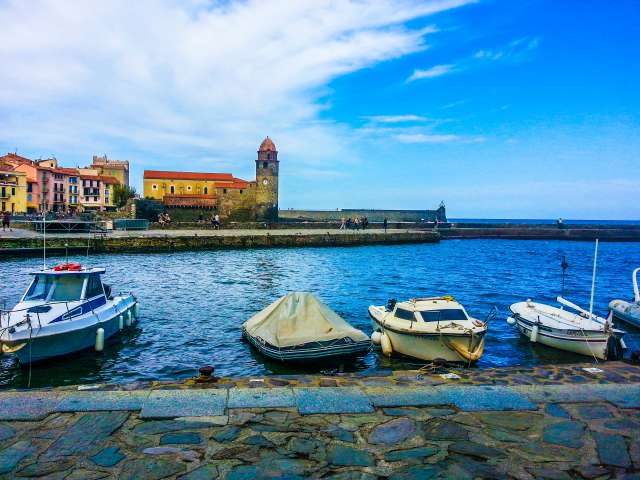
Awọn ijabọ irin-ajo France
